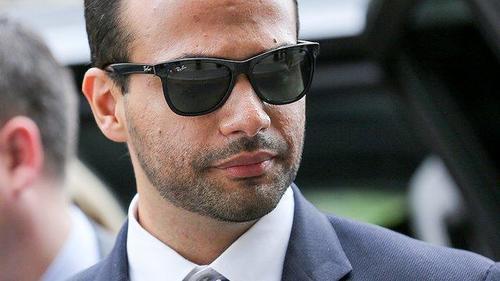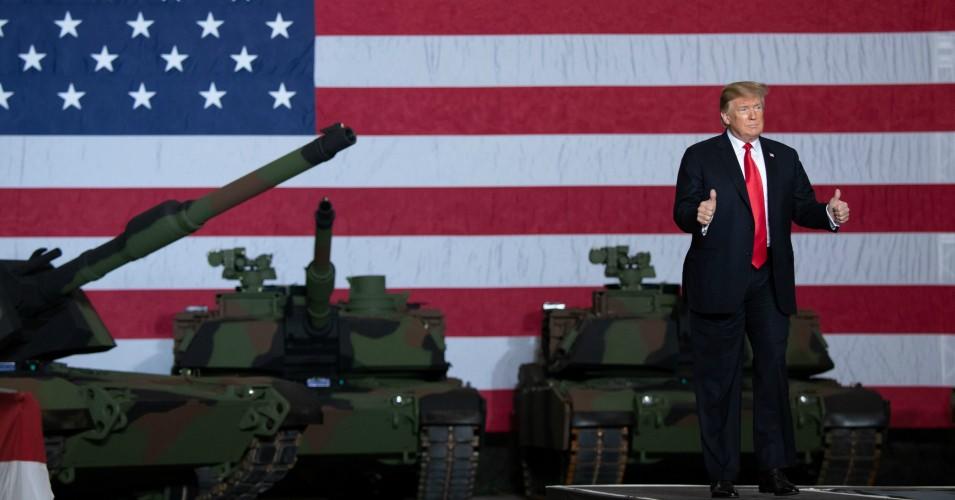South Bend Mayor Pete Buttigieg, who is running for the Democratic presidential nomination, wants to destroy the gig economy in order to save it. That’s the takeaway from the Indiana mayor’s new proposal, “A New Rising Tide: Empowering Workers in a Changing Economy.”
“It’s time to help our nation’s workforce become more resilient, inclusive, and flexible, and more easily adapt to our dynamic, ever-changing economy,” reads the plan, but its focus is to force more regulations on employers and increase unionization among workers, neither of which is likely to make it easier for the economy to grow or the workplace to “more easily adapt” to the needs of suppliers, workers, or consumers.
As CNBC summarizes things:
The plan aims squarely at major tech platforms like Alphabet’s Google and the ride-hailing companies Uber and Lyft.
Buttigieg also called out fast-food giant McDonald’s, which he holds up as an example of a company that keeps “wages low by refusing to bargain with workers who technically work for small local McDonald’s franchises.”
The plan is “aimed at doubling unionization, restoring workers’ rights that have been eroded by decades of anti-worker policies by government and corporations alike15, and expanding labor rights to workers who have been left out.” Part of this analysis is based on the idea that drivers for ride-sharing services such as Lyft and Uber have been “misclassified as independent contractors.” The most-recent determinations by the Department of Labor and the National Labor Relations Board and rulings by federal courts have consistently found the opposite. Earlier this year, Uber settled a lawsuit launched by drivers that would have changed their status from contractors to employees without altering their status. Legislation that would do exactly that is working its way through the California legislature too, despite two 2018 federal court decisions that said drivers for Uber and Grub Hub, a delivery service, were contractors and not employees.
The thinking behind Buttigieg’s new plan is based on two notions, each of which is mistaken. First, that the average American has been left out of the income gains made over the past several decades. “We got the rising tide–GDP went up, productivity went up–but our paychecks didn’t show it,” the plan states. “Working class wages have stagnated since 1980.” The second fundamental notion is that unionization is essential for widespread prosperity in the future. Neither of these is accurate and each leads to policies that are likely to make the economy less dynamic.
Begin with the notion that middle-class and working-class workers haven’t seen an increase in compensation. A big part of that narrative is flatly untrue. “Average inflation-adjusted household incomes for the middle fifth of Americans (by income) rose from $56,400 in 2000 to $64,700 in 2015. That’s a 15 percent gain,” writes The Washington Post‘s Robert J. Samuelson, who further notes that when “the effect of taxes and many transfers were included [in a study last year by Emmanuel Saez, Thomas Piketty, and Gabriel Zucman]…the median income jumped 33 percent from 1979 to 2014.” Other work by economists such as Russ Roberts shows that income growth and mobility are alive and well. When you study actual individuals, rather than group averages, an encouraging picture begins to emerge. Roberts cites a study that
looks at people who were 35–40 in 1987 and then looks at how they were doing 20 years later, when they are 55–60. The median income of the people in the top 20% in 1987 ended up 5% lower twenty years later. The people in the middle 20% ended up with median income that was 27% higher. And if you started in the bottom 20%, your income doubled. If you were in the top 1% in 1987, 20 years later, median income was 29% lower.
This comports with other analyses that find shrinkage in the middle class is more than offest by greater reductions in the number of lower-income households and increases in upper-income ones. None of this is to say the economy is fine and dandy and that workers should just shut up. Far from it—workers should always be pushing for higher wages and compensation. But the broad narrative that wages, compensation, and living standards have somehow stagnated is simply false.
Without wading into a long discussion of the effects of unions on general wages in the past, this much seems to be true: Outside of the public sector, unions are unlikely to be resuscitated anytime soon. About 6 percent of private-sector workers are in unions, down from 17 percent in 1983 and a peak of 37 percent in 1960. Contra Mayor Pete, the main reason for that decline isn’t an increase in Pinkertons threatening union organizers or even the proliferation of right-to-work laws at the state level, but the changing nature of work. The further jobs get away from assembly lines, in which employees function as interchangeable laborers, the harder it is to standardize pay and wages. The growth and decline of private-sector unionization follows the growth and decline of the industrial sector in the United States. As important, the same pattern is seen in other advanced economies, as work becomes standardized and inflexible.
This is especially true of gig-economy jobs such as driving for Uber, where the whole appeal is the flexibility of a decent-paying side-hustle (and where one 2017 study found the median hourly pay of Uber drivers to be $38). As retired newspaperman Bill Steigerwald wrote in 2016:
This is the best part-time job I’ve had in a career of them. I have no bosses, I have no schedule, and I work when, where, and how long I choose. It’s the perfect gig for an ex-newspaperman who’s writing a book and whose income streams also include Social Security, a pension, and freelance writing. Every time I go to work, I know I’ll pick up about 25 random, mostly under-30 people from Pittsburgh and around the globe who, sober or drunk, are happy to see me and, when asked, invariably express unconditional love for Uber.
Uber, like a lot of part-time or low-skilled jobs, isn’t something people can or should expect to pay all their bills or become their only source of income. Trying to transform these sorts of new-model jobs into old-model ones will accomplish nothing but the slow (or fast) bleeding of a new industry and, not insignificantly, the end of a service that really helps a lot of lower-income consumers.
If past is prologue, union representation won’t actually help drivers as much as it will help the central offices of unions. In a 2000 story about the Service Employees International Union (SEIU), Reason Contributing Editor Michael McMenamin wrote:
Unionization doesn’t stop turnover in low-wage, low-prestige jobs. But the new employees who take those jobs after their predecessors move on to better things find themselves saddled with a union they didn’t choose because the labor laws presume that the new employees support the union in the same proportion as the old employees did.
I like a lot about Pete Buttigieg, who at his best represents a new generation in American politics and a principled unwillingness to go along with the most free-spending plans of his rivals for the Democratic presidential nomination (he’s against “free college for all,” for example). But as he starts to unveil more and more plans—to pack the Supreme Court, say, and to call for national service—he becomes less appealing from a libertarian perspective. That’s also true for the central propositions of his latest policy prospectus, which seeks to regiment 21st-century workers under backward-looking regulations.
from Latest – Reason.com https://ift.tt/30XkOMl
via IFTTT


